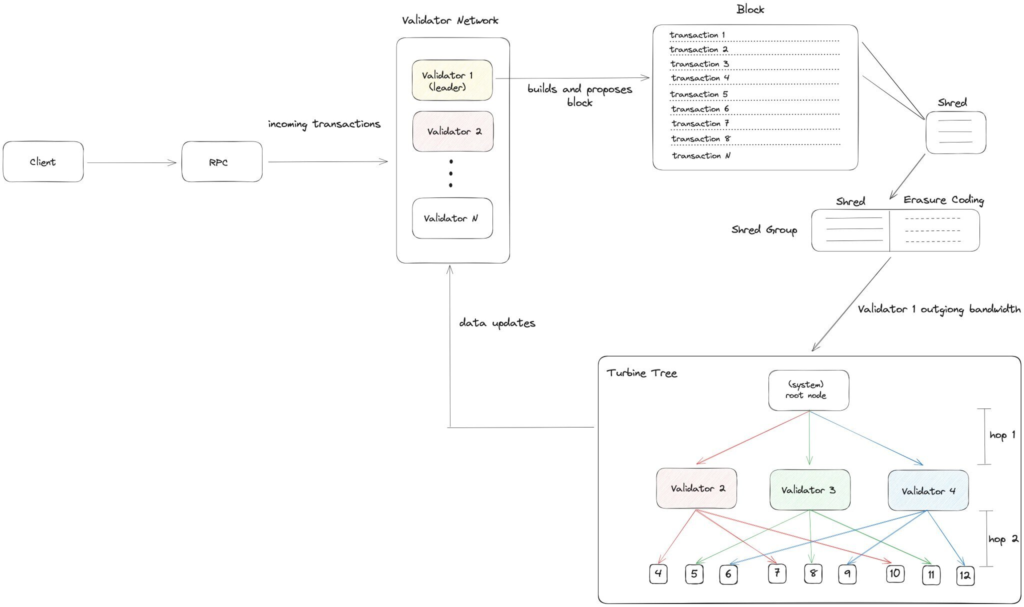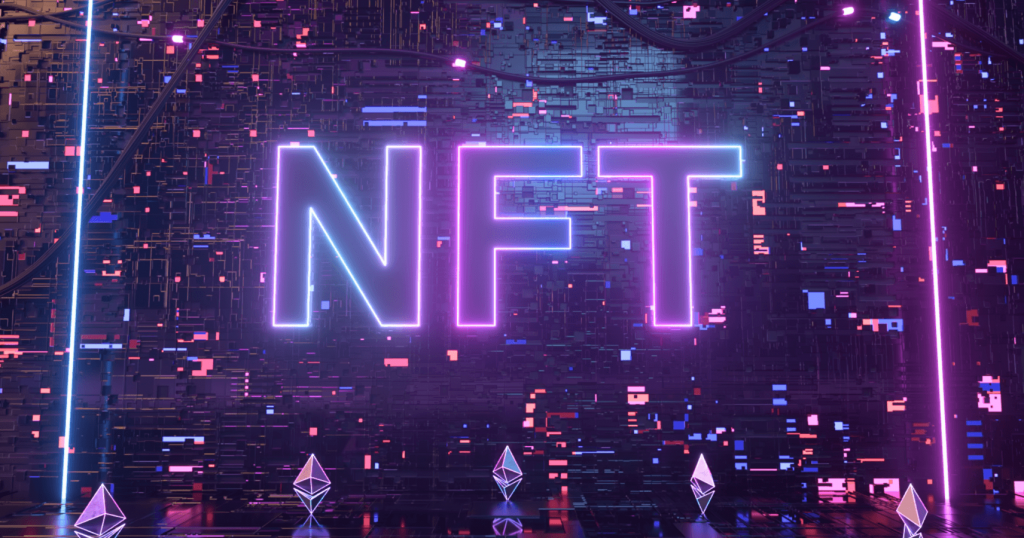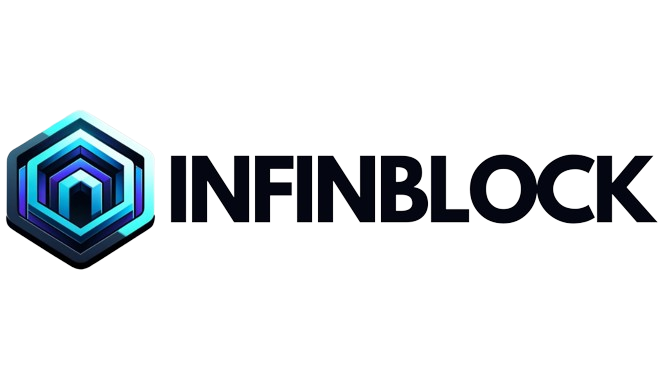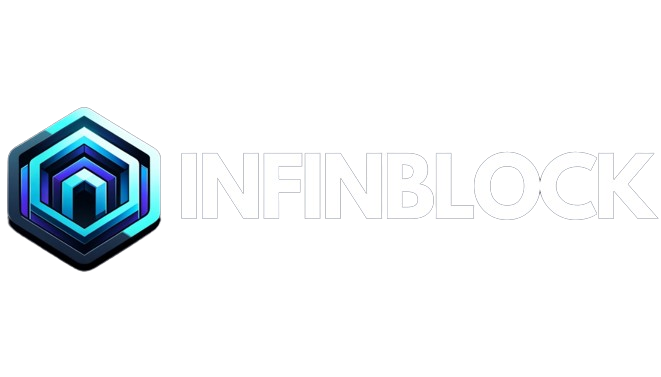The blockchain landscape is continually evolving, with various platforms introducing innovative solutions to overcome the limitations of their predecessors. Solana has emerged as a leading contender in this space, offering a highly scalable and performant blockchain that addresses critical issues such as transaction speed, cost, and efficiency. This article delves into the technical architecture of Solana, providing a detailed exploration of its underlying mechanisms, components, and innovative features that make it a standout blockchain platform.
Foundational Innovations in Solana
Proof of History (PoH)
At the heart of Solana’s architecture is the Proof of History (PoH) mechanism. Unlike traditional consensus algorithms that require continuous communication among nodes to agree on the time and sequence of transactions, PoH introduces a cryptographic clock that timestamps events before they are included in the blockchain. This pre-consensus timestamping allows nodes to create a historical record that proves events have occurred at a specific moment in time, which significantly reduces the time required for nodes to reach consensus on the order of transactions.
PoH operates by generating a high-frequency verifiable delay function (VDF). This VDF produces a unique hash that is used to cryptographically prove the passage of time between events. As a result, validators can verify the sequence and timestamp of transactions independently, without having to communicate with other nodes. This drastically enhances the network’s throughput and efficiency, enabling Solana to process thousands of transactions per second.
Tower Byzantine Fault Tolerance (BFT)
Complementing PoH is Solana’s Tower Byzantine Fault Tolerance (BFT) mechanism, an optimized version of Practical Byzantine Fault Tolerance (PBFT). Tower BFT leverages the synchronized clock provided by PoH to achieve rapid consensus. In traditional BFT models, nodes must undergo multiple rounds of communication to agree on the next block. However, with the PoH clock, Tower BFT can finalize blocks more swiftly, reducing the number of communication rounds needed. This synchronization ensures that even in the presence of faulty or malicious nodes, the network can continue to function securely and efficiently.
Overview of Solana’s Technical Architecture
1. Stateless Architecture
Solana employs a stateless architecture that differentiates between stateful and stateless transactions. Stateless transactions, which do not alter the blockchain’s state, such as balance inquiries or information checks, are processed separately from stateful transactions, which modify the blockchain’s state, such as cryptocurrency transfers or smart contract executions. This separation optimizes processing times and resource allocation, allowing the network to handle stateless transactions more efficiently and freeing up resources for the more complex stateful transactions.
2. Gulf Stream
Gulf Stream is Solana’s mempool-less transaction forwarding protocol, designed to push transaction caching and forwarding to the network’s edge. This protocol enables validators to pre-fetch transactions before they are finalized, significantly reducing confirmation times and enhancing the network’s overall efficiency. By eliminating the traditional mempool, where transactions wait to be picked up by validators, Gulf Stream allows for more rapid transaction processing and reduces the memory burden on validators.
3. Turbine
Turbine is Solana’s block propagation protocol, which breaks data into smaller packets for more efficient transmission across the network. This protocol uses a fanout mechanism and Reed-Solomon erasure codes to distribute data efficiently and ensure that all nodes can reconstruct the full dataset, even if some packets are lost during transmission. This approach enhances the network’s scalability and fault tolerance, ensuring that data can be propagated quickly and reliably across the network.

Diagram: Block Propagation with Turbine
4. Sealevel: Parallel Smart Contract Execution
Sealevel is Solana’s parallel transaction processing engine, which allows multiple smart contracts to run concurrently. This capability is achieved through a scatter-gather technique that identifies non-overlapping state transitions and executes them simultaneously across multiple processors. By leveraging GPUs and SSDs for horizontal scaling, Sealevel ensures that Solana can maintain high throughput even as network demand increases.
Sealevel utilizes the Berkeley Packet Filter (BPF) bytecode, optimized for high-performance packet processing. This bytecode allows transactions to be executed natively on hardware, further enhancing the speed and efficiency of transaction processing. This architecture ensures that Solana can support complex, high-performance applications without the bottlenecks typically associated with sequential transaction execution.
5. Pipelining
Pipelining is a process used by Solana to optimize the validation of transactions. This technique breaks down the validation process into multiple stages, allowing different parts of the transaction to be processed simultaneously by different hardware components. By pipelining the validation process, Solana can increase the overall throughput of the network and reduce the time it takes to validate each transaction.

6. Cloudbreak
Cloudbreak is Solana’s horizontally-scaled accounts database, designed to optimize read and write access across the network. This database uses a key-value store to manage accounts, allowing for rapid access and modification of account data. Cloudbreak’s architecture ensures that the database can handle high volumes of transactions without becoming a bottleneck, maintaining the performance and efficiency of the network.
7. Archivers
Solana employs a decentralized storage solution called Archivers to handle data storage on the network. Archivers are lightweight nodes that store historical data, offloading the storage burden from validators. This approach ensures that the blockchain remains lightweight and scalable, while still maintaining access to historical data for verification and audit purposes.
8. Validators and Clusters
Solana’s network is composed of validators and clusters that work together to maintain the blockchain’s integrity and performance. Validators are responsible for processing transactions and adding them to the blockchain, while clusters are groups of validators that work together to achieve consensus. Each cluster operates independently, allowing the network to scale horizontally and handle increasing transaction volumes.
RPC Infrastructure
The Remote Procedure Call (RPC) infrastructure in Solana is crucial for enabling developers to interact with the blockchain. Solana offers several free and paid RPC services that provide access to the mainnet-beta, testnet, and devnet clusters. These services facilitate real-world testing, early demos, and production deployments by providing endpoints for querying blockchain data and submitting transactions.
Free RPC providers, such as those offered by Ankr, Helius, and QuickNode, are ideal for development and small-scale applications. However, for large-scale production deployments, private RPC access is recommended to ensure high availability, autoscaling capabilities, and custom rate limits tailored to the application’s needs.
Best Practices for Using RPC Services
- Optimize Requests: Minimize repetitive RPC calls by caching expensive queries such as
getProgramAccount,getSignaturesForAddress2, andgetConfirmedBlock. - Backend Integration: Avoid building backend-less dApps that rely solely on RPC requests. Instead, integrate a robust backend to handle data caching and processing.
- Use Private Services: For public-facing applications, invest in private RPC services to ensure scalability and reliability.
Conclusion
Solana’s technical architecture is a testament to its innovative approach to solving the scalability and performance challenges of blockchain technology. With features like Proof of History, Tower BFT, Sealevel, and Gulf Stream, Solana offers a high-performance platform capable of supporting complex decentralized applications. By understanding the intricacies of Solana’s architecture, developers and learners can leverage its capabilities to build the next generation of blockchain-based solutions. As Solana continues to evolve and expand, its technical advancements will undoubtedly shape the future of decentralized technologies.


Unlocking the Power of Solana: A Comprehensive Guide
Dive into our exclusive series on Solana, where we explore the blockchain’s groundbreaking features and capabilities. From understanding Solana’s innovative consensus mechanisms to setting up your own development environment, we cover everything you need to become a proficient Solana developer. Join us as we unravel the complexities of this high-performance blockchain and showcase its potential in decentralized applications. Whether you’re a blockchain enthusiast or an aspiring developer, our detailed guides and practical tutorials will equip you with the knowledge to excel in the Solana ecosystem. Start your journey with us and unlock the full potential of Solana today!



 Bitcoin
Bitcoin  Ethereum
Ethereum  Tether
Tether  XRP
XRP  Wrapped SOL
Wrapped SOL  USDC
USDC  TRON
TRON  Lido Staked Ether
Lido Staked Ether  Dogecoin
Dogecoin